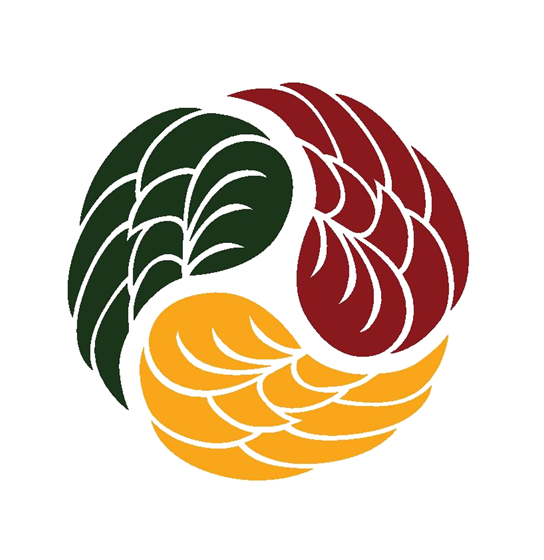Subtle Word Differences to Help Reframe (And Improve) Your Mindset, Part 2
“You never know how strong you are until being strong is your only choice.” - Bob Marley
Everyone has problems, and everyone will inevitably ask “Why” and “Why me?” when overwhelmed with problems. This is a common approach when feeling cornered or trapped, with no immediate solution or way forward readily apparent, leading us to feel hurt, frustrated, angry, or completely checked out. However, more often than not, the right questions usually contain the answers or guide us towards the answers we’re looking for. Likewise, if we frame our thinking to focus on the problems we have, then there is a tendency to see more problems, which actually means we’re creating problems rather than being aware of the ones around us. By seeing nothing but problems, we get overwhelmed, and this is what causes us to feel trapped and helpless.
Now what if we told you that we could eliminate most of your problems by a simple mind trick? That’s what we’re going to look at today when we compare and replace problems with challenges and why with how.
Most people, whether they work in NGOs or the corporate world, need and want a certain level of stability and certainty in their lives. This means that we expect on a personal level to be able to pay our bills, eat well and not starve, live comfortably, and be able to enjoy ourselves. On a professional level, we hope to have this certainty as well, especially when working in specific advocacies, managing their projects and staff, and achieving financial goals with both budgeting and funding. When it seems like we aren’t meeting our expectations, we begin a process that either analyzes and adapts to the current situation, or panic because it suddenly seems like we are out of touch with reality by being hopeless optimists. This is the point when people start seeing problems, but in reality, they’re creating problems, and in the process, they create more.
So what if instead of looking at our situation and trying to find what’s problematic, we look at them as challenges? A problem is often seen as a monster or an impossible feat, while a challenge feels more like a test to be passed, a puzzle to be solved, and a door to be opened. And instead of asking why we have a problem or challenge, we ask how this problem or challenge came to us and what is required to resolve and conquer it?
Take for example the number one stressor, budgeting and funding: you’ve set up a project with a fixed budget and everything is in order–only to find out halfway through, you actually underestimated the costs, and if you stop now, you’ll have lost all your investment, but if you continue, you don’t have enough funding currently to complete your objective? When you ask “Why didn’t we see this was not enough?” or “Why do we not have enough?” you automatically have started a chain of unhelpful thought processes which leads to resentment and blame, especially self-blame. It can lower a lot of morale, especially when it seems like nobody is taking accountability for the problem.
When we flip the script to ask, “How did we not see this before?” it becomes more reflective and takes an action-oriented mindset instead of a blame game since you’re presented with a task to figure out if anything went wrong, perhaps something was missing, or it was completely outside of your control, such as finding out that you could plan for everything perfectly and not account for something like defective items from the supplier, logistical issues such as sudden tariffs being passed, or even something as ridiculous as a bank error that caused a payment to be delayed by a day that ruins the schedule and entire operation.
The action-oriented mindset is dynamic and always on the go, but it never assumes infallibility. So even if we look at what we can control when asking “How?” instead of “Why?” and the challenges that stand before us, we only work with what is realistic while accepting whatever is beyond our control is what we have to work around or work with instead.
You’ll find all sorts of reasons that things won’t go perfectly especially when working in development and why seeing everything as a problem only makes people think of you as a control freak instead of a leader. This is especially true when working with different cultures and environments, where you realize there are things you don’t have to consider in your comfort zone, for example, finding out that a religious holiday has been declared and some of your partners are taking the opportunity to go home to be with their families in the provinces away from town and a good Internet connection, and so again your schedule and plan aren’t going to run as expected.
So if we ask “How” more, we look at what we can and can’t manage instead of trying to micromanage everything, and also encourages us to delegate and adapt. When we ask “How?” we stop creating problems and look at challenges as obstacles to be overcome if it’s within our abilities to do so instead of feeling trapped and helpless.

